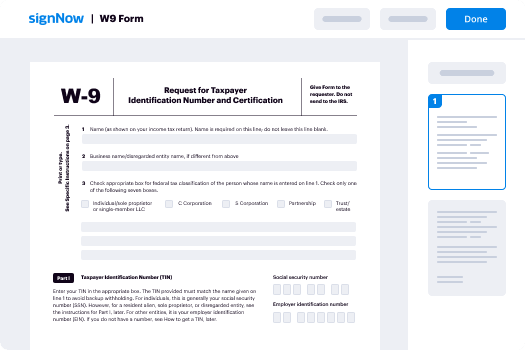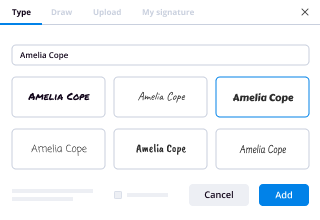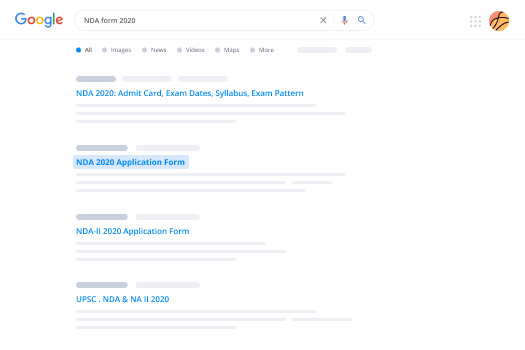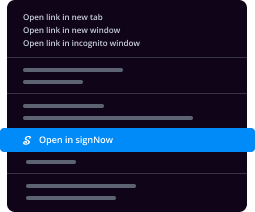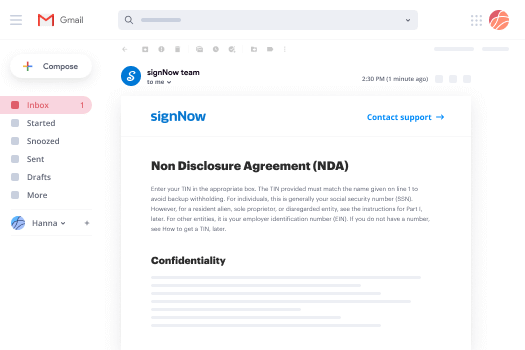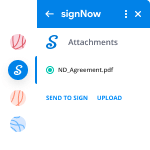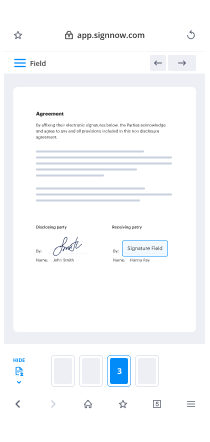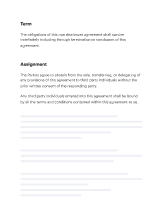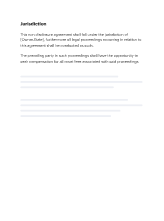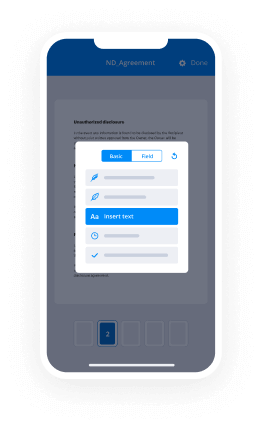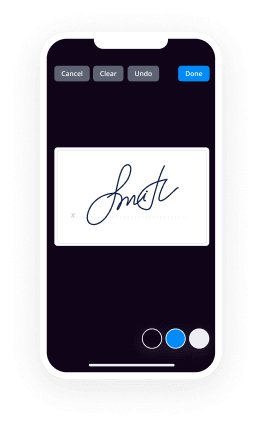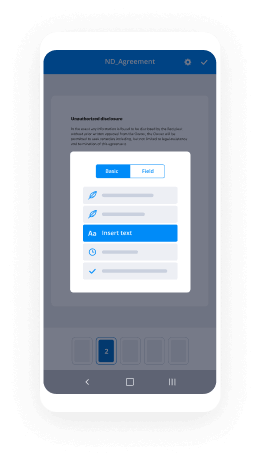INFORMATION
FOR
LANDLORDS
Superior Court of New Jersey
Law Division
Special Civil Part
Landlord/Tenant Section
CN-10289, Revised 11/2007
os
La
Pa
M
t
disputes between landlords and tenants are resolved by the
ndlord/Tenant Section of the New Jersey Superior Court, Special Civil
rt (“Landlord/Tenant Section”).
This brochure gives you general information about the Landlord/Tenant Section. It is
not intended to provide or take the place of legal advice or to answer every question
you may have about this court.
For legal advice about your rights, you should contact a lawyer. If you do not have a
lawyer, you may contact the Lawyer’s Referral Service of your County Bar Association.
A landlord or tenant that is a corporation or limited liability partnership must be
represented by a New Jersey attorney in all matters filed in the Landlord/Tenant
Section.
TYPICAL LANDLORD AND TENANT COMPLAINTS
The following is a general list of some of the reasons a landlord may file a complaint
in the Landlord/Tenant Section:
• Failure to pay rent.
• Continued disorderly conduct.
• Destruction or damage to property caused willfully or by gross negligence.
• Habitual lateness in paying rent.
• Violation of rules and regulations, after written notice to comply, as outlined
in a lease or other document.
• Tenant’s conviction for a drug offense.
Before filing some complaints, a landlord must give a tenant a written notice to stop
(cease) a particular conduct. Only when a tenant continues that conduct, after the notice
to stop, can a landlord try to have the tenant evicted. Also, complaints other than non ‐
payment of rent generally require notice ending the tenancy.
A landlord cannot file a complaint in the Landlord/Tenant Section to collect the
unpaid rent after receiving a judgment for possession. Claims to collect back rent must
be filed in the regular Special Civil Part or Small Claims Section, depending upon the
amount of rent owed.
FILING A COMPLAINT
A complaint must be filed with the Special Civil Part Clerk’s Office in the county
where the rental premises are located.
When filing a complaint, you must complete the Landlord/Tenant summons and
complaint, both of which are available at the Special Civil Part Clerk’s Office. You must
submit an original summons and complaint, plus two additional copies of both, for each
tenant named in the complaint. You must specify the type of complaint you are filing,
CN-10289, Revised 11/2007
as indicated on the complaint form. All completed forms must be signed. You will be
notified by postcard when to appear in court.
FEES
The costs for filing a complaint, a warrant of removal and service in the
Landlord/Tenant Section can be obtained from the Judiciary’s Website
( http://www.njcourtsonline.com/
) or by calling the Special Civil Part’s Clerk’s Office in
the county where the rental premises are located. Make a check or money order
payable to the Treasurer, State of New Jersey.
SETTLEMENTS
If the case is settled before the trial date, the landlord should contact the court
regarding any agreement. Settlements on the day of trial are described under the
section titled “Day of Trial.”
PREPARATION FOR TRIAL
As the landlord, you must come to court and prove that the statements made in the
complaint are true. Arrange to have in court any witnesses you need to prove your case.
A written statement, even if made under oath, cannot be used in court. Only actual in‐court
testimony of the witnesses will be allowed. Prepare in advance your questions for the
witnesses that will help prove your case.
Bring to court all records of any transactions that may help you prove your case.
Such records may include:
• Leases, estimates, bills, rent receipts or ledgers
• Dishonored checks
• Letters, photographs
• Other documents proving your claim
DAY OF TRIAL
Both the landlord and the tenant must appear in court at the time and date stated on
the summons unless otherwise notified by the court. Bring all evidence and witnesses
needed to present your case.
On the trial date, the court will announce all of the cases listed for trial that day so
the court knows who is present. One of the following may occur:
1. TRIAL ‐ If the parties cannot settle their case, there will be a trial and the judge
will either grant or deny judgment for possession to the landlord.
2. SETTLEMENT ‐ The court will encourage the landlord and tenant to settle their
case voluntarily. In order for settlements to be enforceable, certain certifications
by the landlord and the landlord’s attorney (if there is an attorney) must be filed
CN-10289, Revised 11/2007
with the court. It is important the parties understand what they have agreed to in
their settlement.
3. DISMISSAL ‐ If the landlord does not appear, the case will be dismissed.
4. DEFAULT‐ If the landlord appears but the tenant does not, the case will be
defaulted in favor of the landlord. The landlord should submit the following
forms within 30 days of the date of default:
• Certification by Landlord
• Certification by Landlord’s Attorney (this document is required only if the
landlord is represented by an attorney).
These forms are available in the Special Civil Part Clerk’s Office or on the Judiciary’s
Website (http://www.njcourtsonline.com/
). It is strongly suggested that these
certification forms be completed and submitted to the court on the trial date. The
judgment for possession will not be entered until these forms are filed which must be
within 30 days of the day of trial.
JUDGMENT FOR POSSESSION/WARRANT OF REMOVAL
If judgment for possession is entered, the landlord will be able to have the tenant
evicted by a Court Officer. A landlord cannot personally evict a tenant. Only a Court
Officer can evict a tenant.
A warrant of removal can be issued after the expiration of 3 business
days (not
including the court day) from the date the judgment for possession is entered. In the
case of a seasonal rental, however, the warrant must be issued within 2 days from the
day the judgment for possession is entered. Once the warrant of removal is served on a
residential tenant, the landlord must wait 3 business days (which are Mondays through
Fridays, excluding legal holidays) before an eviction can be scheduled. A commercial
tenant, however, can be evicted when the warrant is served.
A tenant may promptly apply to the court 1) to vacate the judgment, (2) to grant
more time to move out, or (3) for a hardship stay which may stop the eviction. A tenant
can apply for a hardship stay up to 10 days after the tenant has been evicted. The tenant
is required to notify the landlord of the application to have the eviction stayed. When
applying for a hardship stay, the tenant may be required to pay all rents owed into
court, plus costs. Additionally, the tenant may be required to pay all future rents into
court when due or as otherwise ordered by the judge, for the duration of the stay.
ENFORCEMENT OF SETTLEMENTS AND CONSENT JUDGMENTS
To enforce a settlement agreement or consent judgment, the landlord or tenant must
file a certification, which is a formal statement of the facts of the breach (violation) and
the desired relief. A copy of this certification must be sent to the other party and the
CN-10289, Revised 11/2007
other party’s attorney (if there is one) by regular mail or, if directed to a tenant, it may
be posted on the door of the rental premises.
RESIDENTIAL SECURITY DEPOSIT
New Jersey law prohibits a landlord from requiring more than 1½ times the monthly
rent as security. Security deposits are generally required to pay for the repair of damage
to the leased premises that is more than the cost of normal maintenance and repair and
may be applied to unpaid rent.
Security deposits must be deposited by the landlord into an interest bearing account
within 30 days of receipt. The landlord must notify the tenant in writing of the name
and address of the depository bank, the amount deposited, the type of account and the
current rate of interest for that account, and annually thereafter . If the landlord fails to
provide this information to the tenant in writing within 30 days of: (1) the receipt of the
security deposit, (2) moving the deposit to another account or bank, (3) the merger of
the bank with another bank, (4) the sale of the property or at the time of each annual
interest payment, the tenant may apply the security deposit and any accrued interest
toward rent. Tenants must notify the landlord in writing by certified mail if they are
doing so. If the tenant is going to apply the security deposit to rent because the landlord
failed to pay the annual interest in cash to the tenant or failed to provide the tenant with
the annual update of the account information, the landlord has 30 days to rectify these
failures.
If the property is sold prior to the termination of the tenancy, the landlord is
required to transfer the security deposit to the new owner(s) and notify the tenant in
writing. The new owner has a duty to obtain the security deposit from the selling
landlord.
If the landlord wishes to use the security deposit to pay for damage or rent owed,
the landlord must notify the tenant in writing within 30 days after the tenant has
vacated the rental premises. It is the responsibility of tenants to provide the landlord
with their new address.
ILLEGAL EVICTION
In New Jersey, the only way tenants can be evicted from their rental premises is if a
judge permits the eviction after a lawsuit has been decided. A landlord may not evict a
tenant or remove a tenant’s belongings from the premises without first obtaining a
judgment for possession and warrant of removal.
Arrangements must be made with the Court Officer who is assigned to the case to
evict the tenant and the tenant’s belongings. It is illegal for a landlord to force a tenant
out by refusing access, shutting off utilities, changing the locks or padlocking the rental
CN-10289, Revised 11/2007
premises. Also, a landlord cannot take possession of personal belongings or furniture in
an attempt to force the tenant to pay rent.
If a landlord illegally evicts a tenant from the tenant’s rental premises, the tenant
may file a complaint and order to show cause in the Special Civil Part and be put back
into the rental premises by the judge. In addition, the tenant may be awarded money
damages.
This brochure is published by the
Administrative Office of the Courts,
Civil Practice Division
Stuart Rabner
Chief Justice
Philip S. Carchman, J.A.D.
Acting Administrative Director of the Courts
Jane F. Castner
Assistant Director, Civil Practice
Robert D. Pitt
Chief, Special Civil Part Services
Robert J. Piscopo
Administrative Specialist IV
http://www.njcourtsonline.com
(November 2007)
CN-10289, Revised 11/2007
Valuable advice on finalizing your ‘Ost Disputes Between Landlords And Tenants Are Resolved By The’ online
Are you fed up with the inconvenience of managing paperwork? Look no further than airSlate SignNow, the premier digital signature solution for individuals and businesses. Bid farewell to the tedious routine of printing and scanning documents. With airSlate SignNow, you can effortlessly complete and sign documents online. Take advantage of the robust features included in this straightforward and affordable platform and transform your strategy for document management. Whether you need to approve documents or gather electronic signatures, airSlate SignNow manages everything efficiently, requiring only a few clicks.
Follow this comprehensive guide:
- Log into your account or initiate a free trial with our service.
- Click +Create to upload a file from your device, cloud storage, or our template library.
- Open your ‘Ost Disputes Between Landlords And Tenants Are Resolved By The’ in the editor.
- Click Me (Fill Out Now) to finalize the form on your end.
- Add and designate fillable fields for additional participants (if required).
- Continue with the Send Invite settings to request eSignatures from others.
- Save, print your copy, or convert it into a multi-usable template.
No need to worry if you want to collaborate with your colleagues on your Ost Disputes Between Landlords And Tenants Are Resolved By The or send it for notarization—our platform provides everything required to accomplish such tasks. Sign up with airSlate SignNow today and elevate your document management to new levels!
landlord-tenant handbook maryland
maryland landlord-tenant hotline
Landlord tenant disposition in favor of landlord
maryland landlord-tenant court case search
Tenant rights Maryland
Maryland eviction list
What happens after warrant of Restitution
Maryland tenant rights landlord entry


